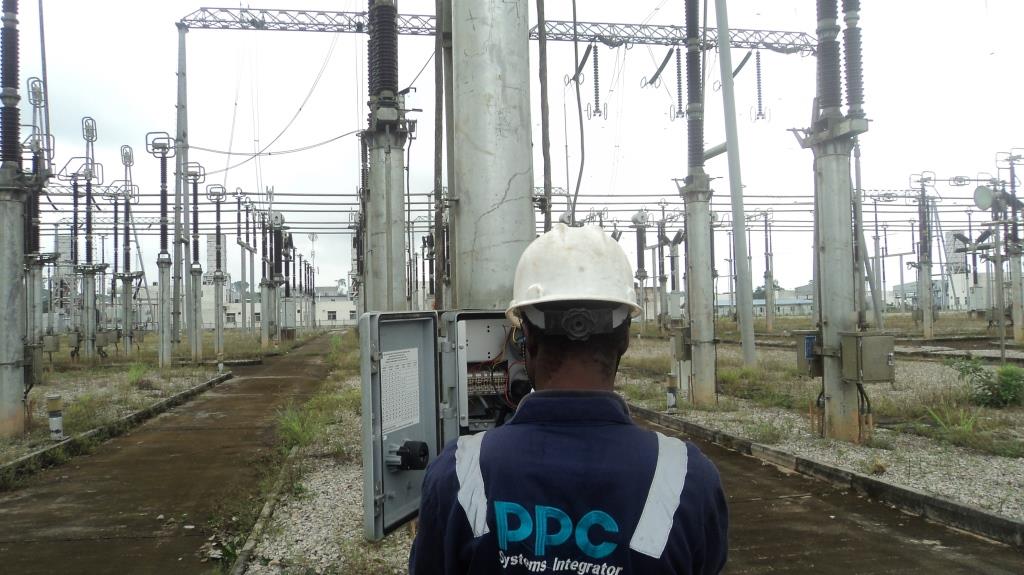
Nigeria and The Quest for Sustainable Energy
Renewable energy has often been touted as a far-fetched, barely sustainable and expensive alternative to traditional fossil sources. Despite the popularity of environmental sustainability ideals and various summits entreating countries to focus more on environmentally friendly practices, Africa has been a bit behind on the train of sustainability. While many countries are making moves to phase out their reliance on fossil fuels, a great number of African nations can barely even provide sufficient electricity for their population. According to a study by the United Nations unit on Renewable Energy in Africa, industries in Africa lose up to 56 working days per annum from industrial shutdowns from power outages. As at 2011, an estimated 20% of global energy supply was from sustainable energy. More and more countries are working towards being wholly dependent on sustainable energy. The goal to get total independence from fossil energy by 2050
Africa and the Movement for Sustainable Energy
As earlier stated, 15% of the year is lost to power-induced shutdowns all over Africa, on average. This level of inefficiency makes it difficult to discuss the potential for sustainability in countries where barely 50% of the population have access to electricity. The International Energy Association estimates that 89% of energy-poor people will be Africans by 2050.
Thankfully, various governments and organizations are working to change the Dark Continent narrative and power Africa one city at a time. Even better, a good number of countries are getting on board for sustainable energy goals. The most outstanding African countries that have made a move towards renewable energy are Ethiopia, Morocco, and to a lesser extent, Senegal, Mozambique and Zambia.
Ethiopia:
The Reppie thermal plant is Africa’s first waste-to-energy (WtE) plant with a capacity to incinerate about 1400tons of trash daily. This is basically 80% of Addis Ababa’s waste used to power about 30% of the city. This project is in partnership with the China National Electric Engineering Company and Cambridge Industries.
Morocco:
Africa is obviously one of the sunniest places on the planet and has about 117% more sunshine than Germany, the leading country in Solar Energy. Morocco’s Ouarzazate Solar Power Station will cost about $9 billion and will set the country on the path to 52% renewable energy by 2030. The solar station will cover about 2500 hectares of land and will be completed in 4phases. Morocco already sources about 32% of its energy from renewable sources. The first phase of the station was connected to the national grid in February 2016. The combined project is estimated to provide 582MW solar sustainable energy and 72MW photovoltaic system.
Mozambique:
International Finance Corporation (IFC) is supporting the country to facilitate its first utility-scale Solar power plant. This plan is designed to increase the climate resilience of electricity sector within the country and help power rural areas. About 175,000 homes are expected to benefit from this project.
Senegal:
The Multilateral Insurance Guarantee Agency (MIGA) is financing the first utility-scale wind farm in Senegal. This project is believed to impact the entire sub-Saharan West Africa as it’s the biggest wind project in the region and will demonstrate the benefits of wind-projects to the region.
Zambia:
A system of grid-connected solar photovoltaic power plants, brought in by the Scaling Solar Program, working with World Bank, IFC and MIGA. The 48MW plant, outside of Lusaka, through a 25year power purchase agreement, will be sold to Zambian Utility Company.
The Nigerian Paradigm
While most countries will work concertedly towards renewable sustainable energy sources, Nigeria is in a unique situation. An economy that relies almost entirely on crude oil exports has limited the legislative possibilities for renewable energies. The policies that could move for more sustainable energy are often fine-tuned towards protecting the fossil fuel business and all the investments from powerful places. Nevertheless, initiatives such as the World Bank-funded Nigeria Electrification Project are working towards extending cost-effective electricity to about 300,000 households and 30,000 businesses lacking regular access.
The project will involve the use of 850 mini-grids, including solar hybrid grids. Such projects, in combination with private enterprise establishments, are slowly moving the country towards more sustainable energy goals. While there is still a lot to be desired, power solutions providers such as PPC are at the forefront of providing such solutions.
Some of our foremost solutions also include combined solar solutions such as found in Ayinke House as a backup source. We look forward to working on more sustainable energy projects in the future. Bringing energy solutions to Nigeria.